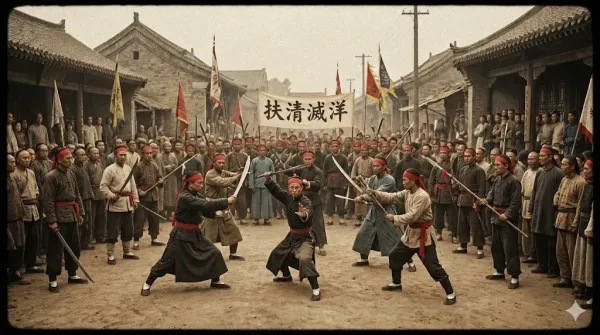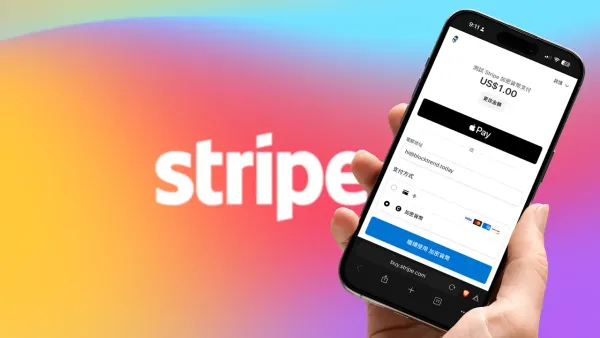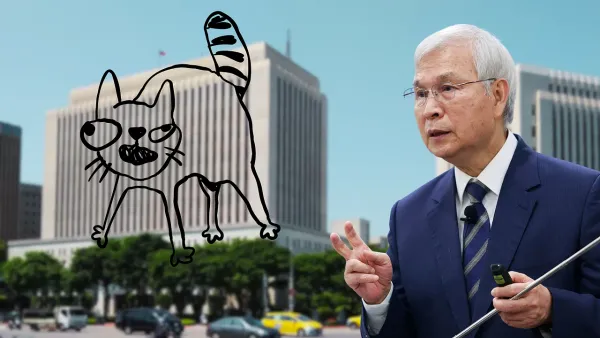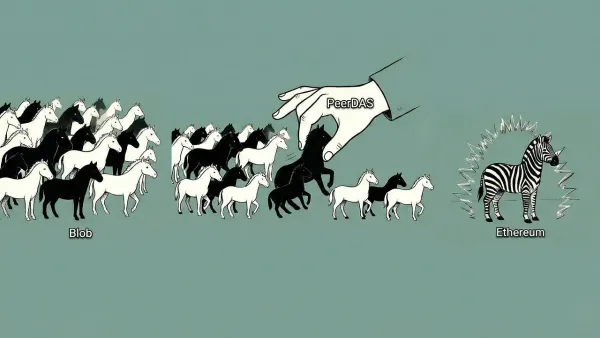Bitcoin Pizza Day: Spending It Is the Only Way to Truly Keep It
GM,
This Thursday (May 22) marks Bitcoin Pizza Day. Fifteen years ago, Bitcoin miner Laszlo Hanyecz spent 10,000 BTC to buy two large pizzas. At today’s prices, the pizzas he shared with his one-year-old daughter would be worth over $1 billion. Those who laugh at him imply that if he had held onto those Bitcoins, he would have been rich by now!
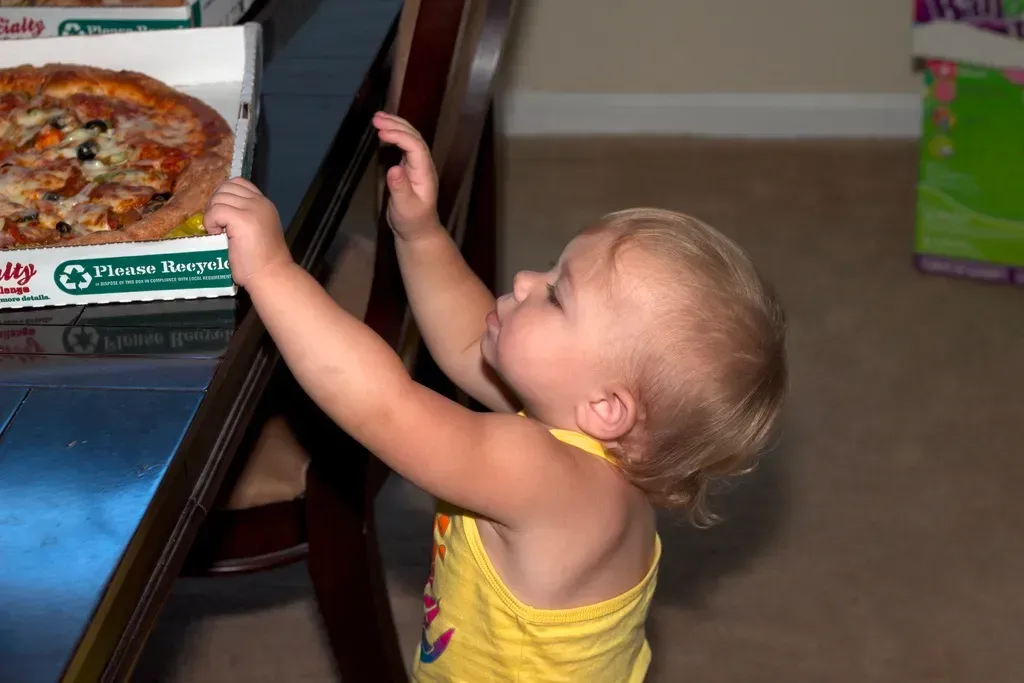
But after reading this, you might completely change your mind: buying pizza with Bitcoin was actually the smartest decision Laszlo ever made.
Bitcoin Nobody Wanted
To understand why Laszlo used Bitcoin to buy pizza, we first need to look at where his Bitcoin came from.
Laszlo was an early Bitcoin miner and the first person 1 to mine with a GPU (graphics card). At the time, most people mined using their computer’s CPU. While CPUs are good at complex calculations, they can only handle one task at a time. GPUs, on the other hand, can handle many smaller tasks simultaneously, making them far more efficient than CPUs. Initially, Laszlo was mining with a CPU and could only earn about 50 BTC per day. But after switching to a GPU, he was mining between 50 and 100 BTC per hour.
Because his mining efficiency was far superior to others, Laszlo ended up with a large amount of BTC. At the rate he was mining back then, he could earn back 10,000 BTC in under 10 days—so why be stingy? Many people laugh at Laszlo, forgetting that he didn’t “all in” his Bitcoin on pizza. According to wallet records, Laszlo held at least 81,000 BTC at the time.
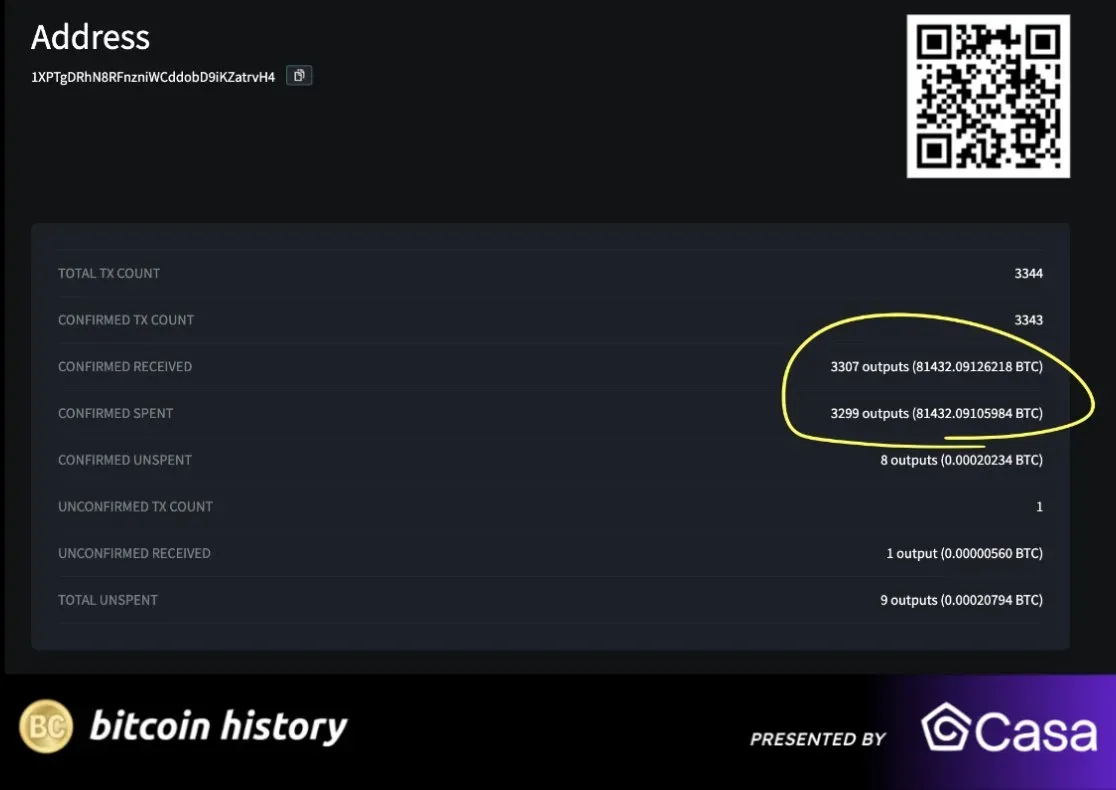
Laszlo’s mining speed was so fast that it even drew the attention of Satoshi Nakamoto, who messaged him asking if he could "slow down a bit." Laszlo figured that even if he kept the trick to himself, others would soon discover it anyway, so why not share it openly and help everyone level up? He ended up writing a detailed guide explaining how to use GPUs to improve mining efficiency.
Laszlo could have easily kept the GPU mining secret to himself and become the person with the most Bitcoin. But back then, Bitcoin was practically worthless—unless he had a time machine, there was no reason to hoard it. More importantly, if early coins had all been concentrated in the hands of a few, Bitcoin likely wouldn’t have developed the way it has today; it would’ve remained a single-player game.
Laszlo’s decision to buy pizza with Bitcoin was another pivotal step. One of the first questions people always ask about Bitcoin is, “Can you actually buy anything with it?” It was the same in 2010. Laszlo’s pizza transaction answered that question loud and clear.
If he had chosen to hold onto his coins instead, people might still be wondering what Bitcoin is good for. His forum post is a perfect example—he advertised his offer to trade Bitcoin for pizza, and for four days, no one responded. He even left a comment joking about whether his offer was too low. At the time, two pizzas cost about $30, and 10,000 BTC was worth $41, so his offer was already generous. Eventually, a 19-year-old student from the UK, Jeremy Sturdivant, agreed to buy the pizzas with his credit card in exchange for the 10,000 BTC. That’s how Bitcoin Pizza Day came to be.
People who laugh at Laszlo today might have made the same decision if they were in his shoes back then. But what if he hadn’t bought the pizza and had kept the 10,000 BTC instead?
Holding On Is Harder Than It Sounds
If Laszlo is considered the “dumbest” person in Bitcoin history, then surely Jeremy—the guy who got 10,000 BTC for two pizzas—must be the smartest, right? But in hindsight, that’s not quite the case. In an interview with The Daily Telegraph, Jeremy admitted that not holding onto those Bitcoins is one of his biggest regrets. He ended up selling all 10,000 BTC for around $400, using the money to take a road trip across the U.S. with his girlfriend. Before you laugh at him, maybe check whether your own crypto holdings have done a 10x yet. 😂

Jeremy admitted that if he had considered those BTC a long-term investment at the time, he might have held onto them a bit longer. But even so, he wouldn’t have made it past Bitcoin’s first major psychological hurdle—“1 BTC = 1 USD.” It’s like how many people today say, “Once Bitcoin hits a million dollars, I’ll quit my job, buy a house, and travel the world.” In 2010, the dream number was just one dollar—and people actually sold when it got there.
It wasn’t just Jeremy who couldn’t hold on. Even Laszlo eventually sold all his Bitcoin. When BTC neared $1, he cashed out his holdings for about $4,000.
Some might scoff and say, “These people had no conviction! If it were me, I would’ve held every single coin.” But hindsight is easy—and even storing Bitcoin safely was a challenge back then.
When Bitcoin first came out, no one was talking about “Not your keys, not your coins.” Most people entrusted their digital assets to centralized custodians. At the time, the biggest exchange was Mt. Gox 2, which handled 80% of global Bitcoin trades and had become synonymous with crypto trading. But in 2014, Mt. Gox was hacked and went bankrupt, losing 850,000 BTC. Many users still haven’t been able to recover their funds. So for those who didn’t spend or sell their coins, would they really have avoided this catastrophe?
Sure, some people might still confidently say, “No problem! I always knew to store my Bitcoin in a personal wallet.” And yes, there was one such person in history—James Howells—best known for accidentally throwing away a hard drive containing the private keys to his Bitcoin. To this day, he still hasn’t recovered it 3.

James was the fifth miner on the Bitcoin network, with even greater seniority in the crypto world than Laszlo. Back in 2009, he mined nearly 10,000 bitcoins using just a CPU. What’s more, James was entirely self-taught—he understood the importance of self-custody without anyone explaining it to him, and never stored his Bitcoin on centralized exchanges. Ironically, during a house cleaning session, James threw away the hard drive containing his private keys. It wasn’t until Bitcoin made headlines for its soaring price that he realized he had tossed the wrong drive.
Even if you think you have more conviction than Laszlo, better foresight than Jeremy, and more attention to detail than James, you’d still need to be wary of hackers lurking in the shadows.
String these stories together, and you’ll see that Bitcoin seems to have legs of its own—it slips away the moment you let your guard down. Holding onto it is extremely difficult. Once you understand just how hard it is, it becomes clear why I believe that Laszlo spending his Bitcoin on pizza was actually the right decision.
Spending is the real way to keep it
Had Laszlo not used his Bitcoin to buy pizza, he would’ve most likely ended up selling, losing, or misplacing it anyway. In comparison, spending it was actually the most meaningful choice.
Bitcoin Pizza Day is worth commemorating not just because it answers a question that countless people have asked over the years—“Can Bitcoin actually buy anything?”—but also because that one transaction fulfilled the three core functions of money: holding Bitcoin as an asset, pricing a good in Bitcoin, and using it as a means of payment.
Today, Bitcoin’s use as a payment method has largely faded. The Bitcoin blockchain is too slow and transaction fees are too high for everyday use. Its role as a unit of account is also limited, as pricing currency is tightly tied to national sovereignty—an area where Bitcoin holds little sway. The only function that remains robust is its role as a store of value. Technologies may be surpassed, and regimes inevitably change, but belief in value is far harder to shake.
If Laszlo had never spent those 10,000 bitcoins, he wouldn’t have become the billionaire people imagine him to be today. In truth, spending the money is what ensured it would be remembered.
1 Bitcoin Pizza Day: The Father of GPU Mining and How He Became a BTC Millionaire
2 The Missing 850,000 Bitcoins Have Returned! Why Did the World's Largest Exchange Collapse?
3 Bought a Landfill: The Most Famous Unsung Hero in Bitcoin History


